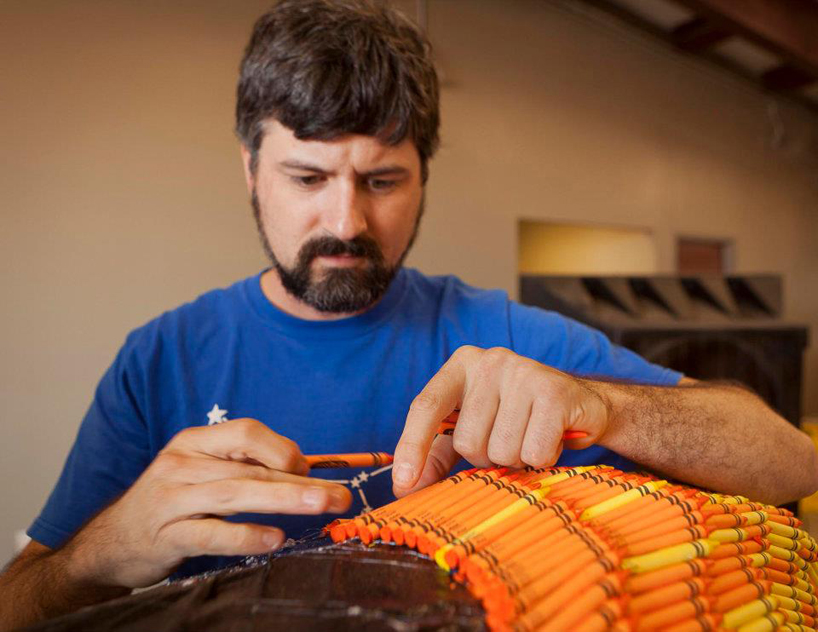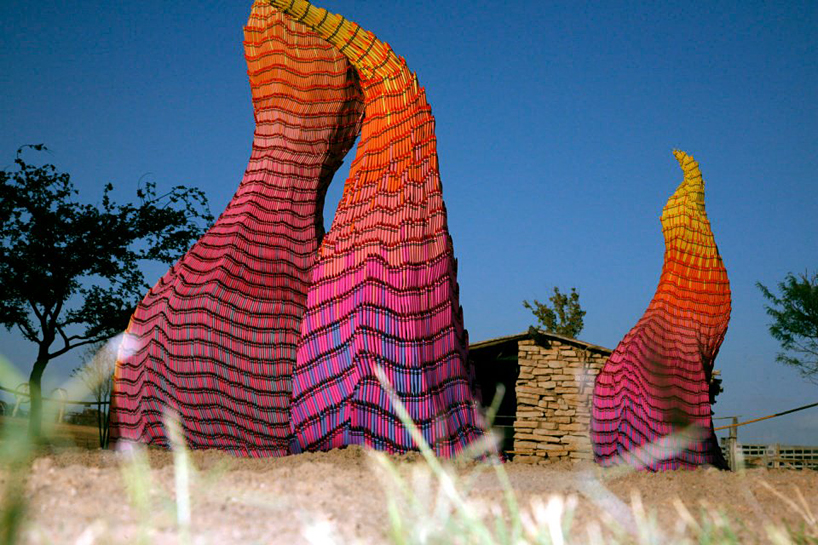 Mark Dion was born in New Bedford, Massachusetts in 1961. He received his BFA and an honorary doctorate from the University of Hartford, School of Art. He is an installation/sculpture type artists working with museums and found objects. He often orders objects in ways that they once were in dealing with social, scientific, and political views.
Mark Dion was born in New Bedford, Massachusetts in 1961. He received his BFA and an honorary doctorate from the University of Hartford, School of Art. He is an installation/sculpture type artists working with museums and found objects. He often orders objects in ways that they once were in dealing with social, scientific, and political views.I have to say that I do not like Mark Dion's work at all. I feel that he has really good ideas and is one of those great thinkers of our time, but I don't think of him as an artist. I understand that art has changed over time and it can be very subjective as to what art is. I just have a very strong feeling about what I feel art is. I do think that there are some of Mark Dion's work that would be considered art, but it seems like most of his "artwork" are things like cabinets of items, or shelves of items with only and idea behind it. Everyone in their own homes and in there work do the exact same thing that he does, the only difference is that he puts an idea behind it and calls it art. I just feel that he is a greater thinker than artist.
 This piece is one of the few of Mark Dion's pieces that I like, strangely enough. We watched the video in class about what went behind this project. He talked about it being about the tar as a sort of punishment throughout history and the social stigma that went along with it. He covered the rats in tar and hung them from a tree. I feel that it sends a strong message as well as having an original aesthetic appeal.
This piece is one of the few of Mark Dion's pieces that I like, strangely enough. We watched the video in class about what went behind this project. He talked about it being about the tar as a sort of punishment throughout history and the social stigma that went along with it. He covered the rats in tar and hung them from a tree. I feel that it sends a strong message as well as having an original aesthetic appeal.Rats
 This is one of the artworks that I very much dislike, only as a piece of art. I feel that it is a science project meant to educate. I feel like it is very well put together and obviously took a lot of time, skill, and cooperation. I do not understand this as being art, other than the fact that it is constructed by someone considered to be an artist. I feel like this piece is somewhere I would go for a field trip for a science class. Though I don't mean to say that art can't have an element of science and education, but if it does I feel that it needs an art element to it as well.
This is one of the artworks that I very much dislike, only as a piece of art. I feel that it is a science project meant to educate. I feel like it is very well put together and obviously took a lot of time, skill, and cooperation. I do not understand this as being art, other than the fact that it is constructed by someone considered to be an artist. I feel like this piece is somewhere I would go for a field trip for a science class. Though I don't mean to say that art can't have an element of science and education, but if it does I feel that it needs an art element to it as well.Neukom Vivarium
Source:
http://www.pbs.org/art21/artists/mark-dion
http://www.pbs.org/art21/files/images/dion-mark.jpg
http://media-cache-ec0.pinimg.com/736x/63/76/84/63768438c18f5d1c552ee84c1feedb12.jpg
http://farm5.staticflickr.com/4130/5185673224_6806f622ba_b.jpg








